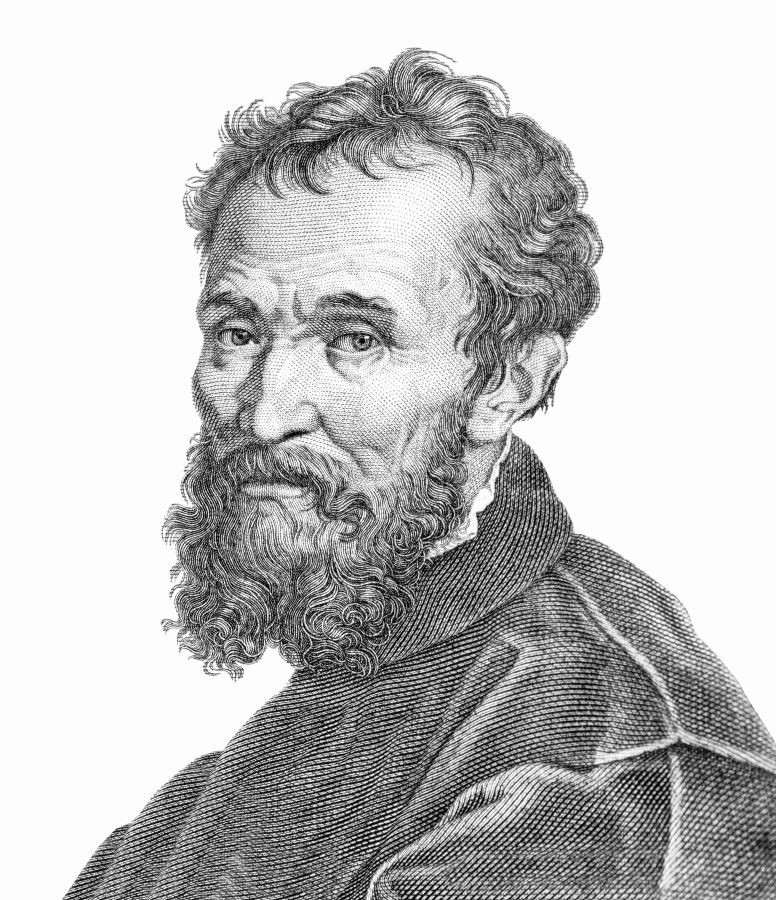Michelangelo, the Renaissance artist, often used male models to portray female subjects in his works, resulting in an androgynous depiction. An examination of his draft drawings for “The Libyan Sibyl” revealed that he employed a male model for the largely unclothed figure, leading to a unique blend of male and female attributes.
Key Points:
- Michelangelo’s rendition of “The Libyan Sibyl” in the Sistine Chapel reflects his practice of using male models for female subjects, giving the figure an androgynous appearance. This approach is apparent in his other works as well, such as the Virgin Mary in “Doni Tondo” and the sculpture “Night.”
- Artist Bryson Burroughs, in 1925, analyzed Michelangelo’s drafts for “The Libyan Sibyl” and found that a male figure was used as the model, contributing to the final fresco’s male-female hybridity.
- While it was considered scandalous for women to pose nude during the Renaissance, many scholars argue that societal norms don’t fully explain Michelangelo’s persistent androgyny in his art. Other contemporaneous artists, such as Raphael, also used male models for female figures but maintained a feminine portrayal.
- Michelangelo was capable of depicting women with feminine attributes convincingly, as evidenced by his sculpture “Pietà.” Hence, it is likely that his use of male models and masculine depictions was a deliberate artistic choice.






